The role of Conservation wildlife is crucial in the complex web of life on Earth. Every species, from the magnificent elephants that saunter across the African savannahs to the colorful coral reefs brimming with marine life, is essential to preserving the equilibrium of our ecosystems. But there has never been a more urgent need for wildlife conservation. We need to be proactive and comprehensive in protecting our planet’s biodiversity because habitat destruction, climate change, and poaching are endangering the future of many species.
Accepting Nature: The Need for Conservation Wildlife
The role of conservation wildlife is crucial in the complex web of life on Earth. Every species, from the magnificent elephants that saunter across the African savannahs to the colorful coral reefs brimming with marine life, is essential to preserving the equilibrium of our ecosystems. But there has never been a more urgent need for wildlife conservation. We need to be proactive and comprehensive in protecting our planet’s biodiversity because habitat destruction, climate change, and poaching are endangering the future of many species.
The Value of Protecting Wildlife
The goal of conservation wildlife is to protect ecosystems and maintain the planet’s health, not merely to save species from extinction. Every species, regardless of size, has a role in maintaining the ecological equilibrium. For example, bees are important pollinators of many plants, including those that humans eat, yet they are frequently disregarded. The world’s food security is directly impacted by the fall in bee populations brought on by habitat loss and pesticide use.
Furthermore, a variety of ecosystem services that are essential to human survival are provided by functioning ecosystems. For instance, forests serve as carbon sinks, removing carbon dioxide from the atmosphere and slowing down global warming. Wetlands are used to filter pollutants from water, and mangroves shield coastal areas from erosion and storm surges. We can guarantee that these natural systems will continue to support human life by protecting species and their habitats.
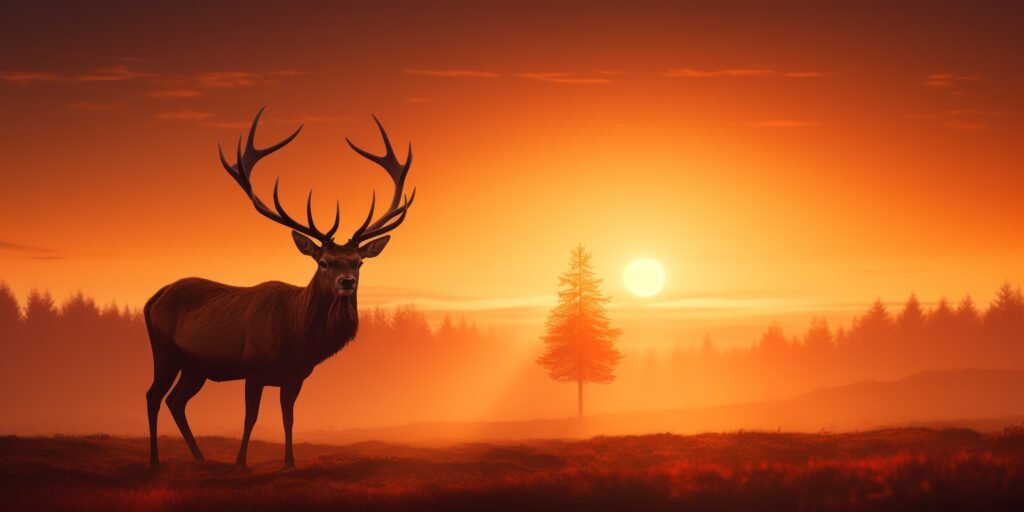
The Difficulties Wildlife Faces
1. Destroying Habitats
Human activity-induced habitat degradation is one of the biggest risks to wildlife. Many species lose vital habitats as a result of deforestation for infrastructure, urban growth, and agriculture. Not only do animals lose their homes when forests are removed, but the ecology as a whole is also upset.
2. Climatic Change
For animals, climate change intensifies current risks and introduces new difficulties. Elevated temperatures, altered precipitation patterns, and a rise in the frequency of severe weather events can modify ecosystems and compel species to swiftly relocate or adjust. For example, sea ice is necessary for polar bears to hunt seals. Their hunting areas are become smaller as a result of global warming melting ice, endangering their survival.
3. Trade in Illegal Wildlife and Poaching
:** Poaching is still a serious problem, especially for famous animals like tigers, elephants, and rhinos. Driven by the desire for body parts such as rhino horn, ivory, and other parts, poaching puts local economies and security at risk in addition to putting these species in peril. Effectively combating the multibillion dollar illegal wildlife trade requires worldwide cooperation.
4. Pollution
Both direct and indirect effects on wildlife are caused by pollution in the forms of soil, water, and air. For instance, marine life is fatally affected by plastic waste in the oceans. When animals confuse plastic for food, it can eat it and have potentially deadly results. Chemical contaminants have the ability to build up in the food chain and affect both people and apex predators’ long-term health.
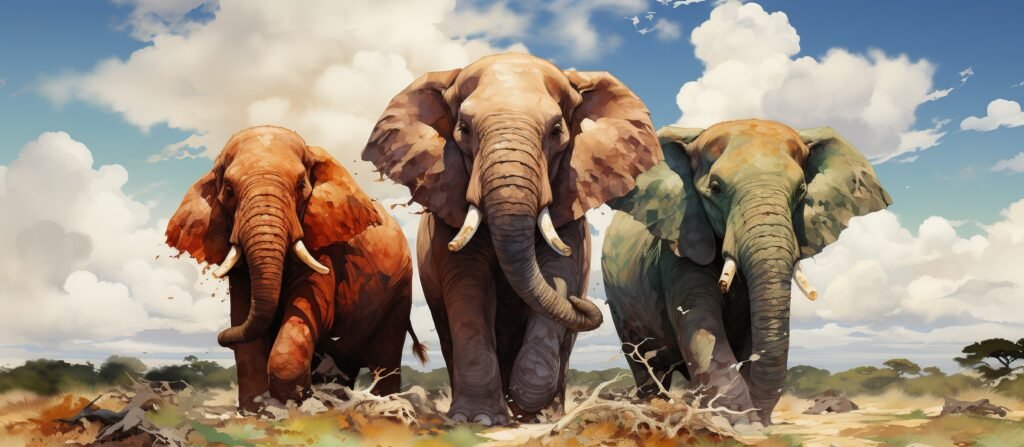
Techniques for Successful Wildlife Protection
1. Protected Areas and Restoration of Habitat
A key component of conservation efforts is the creation of protected areas, such as national parks, wildlife reserves, and marine sanctuaries. These places offer wildlife safe havens where they can flourish apart from human stresses. Restoring damaged habitats can also aid in the resuscitation of species that have been driven to the verge of extinction.
2. Education and Community Involvement
The most successful conservation initiatives arise from the involvement and education of local communities on the value of animals. Locals are empowered to preserve their natural heritage through community-based conservation initiatives, which frequently offer substitute means of subsistence to lessen reliance on actions that endanger animals.
3. Lawmaking and Implementation
Robust legal structures are necessary to safeguard animals. This entails policing hunting, prohibiting poaching, and managing the illicit wildlife trade. Global efforts are crucially coordinated by international agreements such as the Convention on International Trade in Endangered Species (CITES).
4. Scientific Research and Monitoring
Effective conservation depends on an understanding of the behavior, population dynamics, and ecological roles of species. Threats, migration patterns, and important ecosystems can all be found through research. Programs for monitoring enable environmentalists to follow the effectiveness of conservation efforts and modify plans of action as necessary.
5. Adaptation to Climate Change
For the sake of protecting animals in the long run, climate change mitigation is essential. A comprehensive plan to lessen the effects of climate change on animals includes cutting greenhouse gas emissions, safeguarding carbon sinks like forests and oceans, and encouraging sustainable practices.
Achievements and Optimism for the Future
There are many success stories that give hope for the future of animal conservation despite the enormous hurdles. The success of focused conservation efforts is demonstrated by the American bald eagle’s recovery. owing to legal protection, habitat restoration, and public awareness efforts, the species that was once in danger of going extinct owing to chemical poisoning and habitat loss has now recovered.
The history of the black-footed ferret in North America also serves as an example of the effectiveness of captive breeding and reintroduction initiatives. Although they were believed to be extinct in the wild, a little colony was found, and with coordinated conservation efforts, they were successfully raised in captivity and returned to their original environments.
Technology's Place in Conservation
Modern technology is becoming more and more crucial to the preservation of species. More accurate and effective monitoring is made possible by the comprehensive data on habitat conditions and animal movements provided by drones and satellite imaging. For the purpose of researching nocturnal and elusive species without interfering with their natural behaviors, camera traps and bioacoustic monitoring are invaluable resources.
Additionally, technology is helping in the anti-poaching effort. Drones that are equipped with thermal imaging technology to combat poaching may monitor large regions and identify poachers in real time, greatly improving the ability to react swiftly to illicit actions. In order to break up criminal trading networks, DNA analysis is frequently utilized to determine the provenance of wildlife goods that have been confiscated.
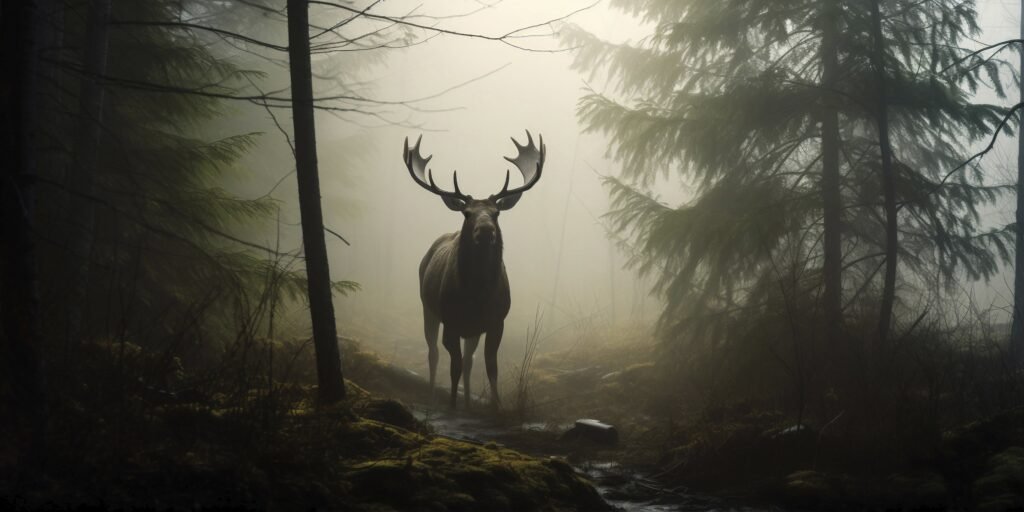
Individual Behavior and Group Effect
Large-scale programs are important, but individual acts also have a big impact on wildlife protection. Everyone can help by promoting conservation measures, cutting waste, and supporting sustainable products. Contributions to local wildlife preservation organizations or volunteer work can also make a significant difference.
A culture of conservation is fostered by educating oneself and others about the value of animals and the difficulties they face. A more wildlife-friendly environment can be achieved by taking small steps like lowering pesticide use, planting native plants in gardens, and taking part in citizen science initiatives.
Conclusion
The preservation of animals in the future depends on our shared resolve to take action. We can promote a more sustainable and peaceful way of life by acknowledging the interdependence of all species on Earth and the vital functions that wildlife plays in our ecosystems. Every effort matters in the struggle to protect the environment for coming generations, whether it comes from local communities or global organizations.
The goal of wildlife conservation is to protect not just the lives of living things but also the diversity, beauty, and usefulness of our world. It is about making sure that the roars of lions, the whispers of the forests, and the singing of birds will never cease to uplift and nourish us. For the sake of all living things and the earth we call home, action must be taken immediately.
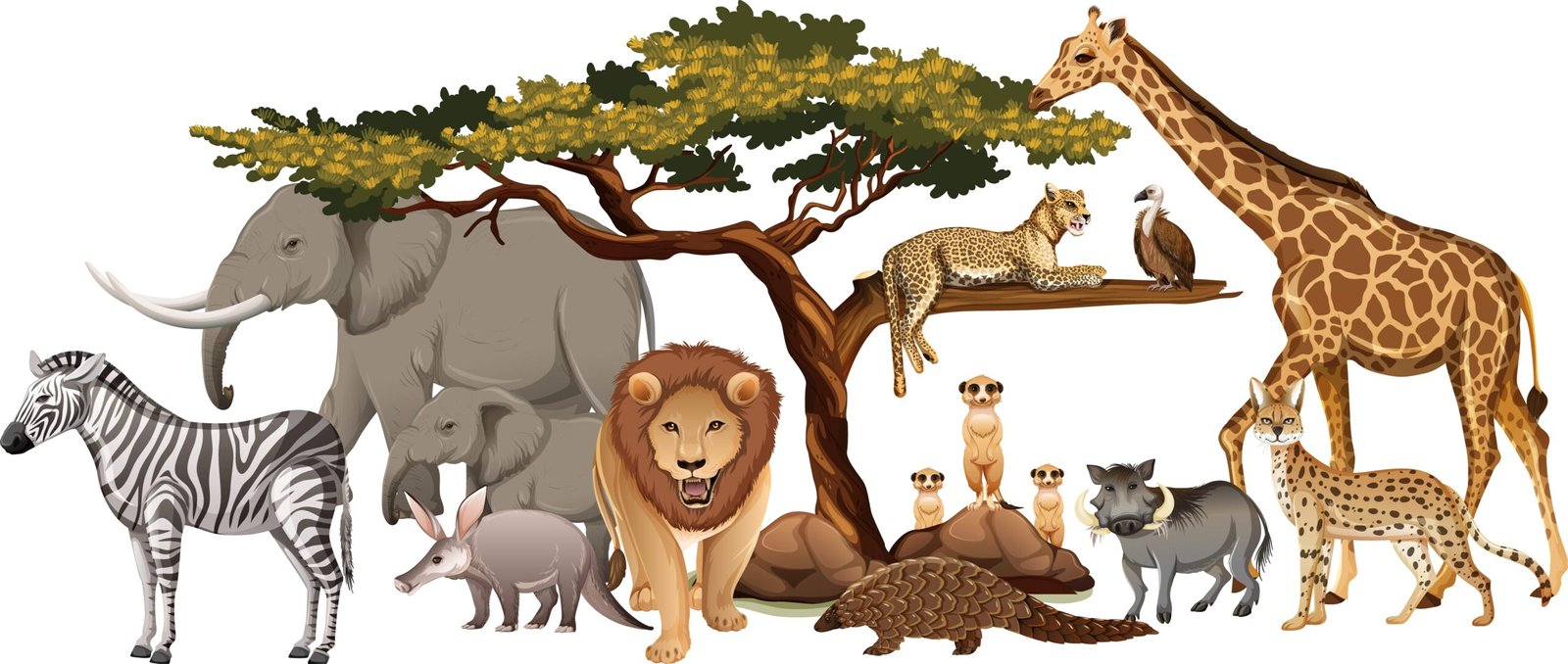



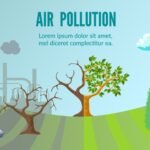


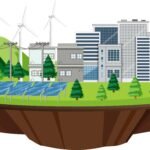

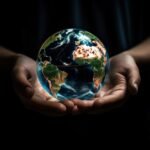
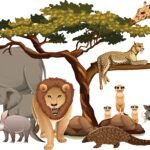

2 thoughts on “Accepting Nature: The Need for Conservation Wildlife”